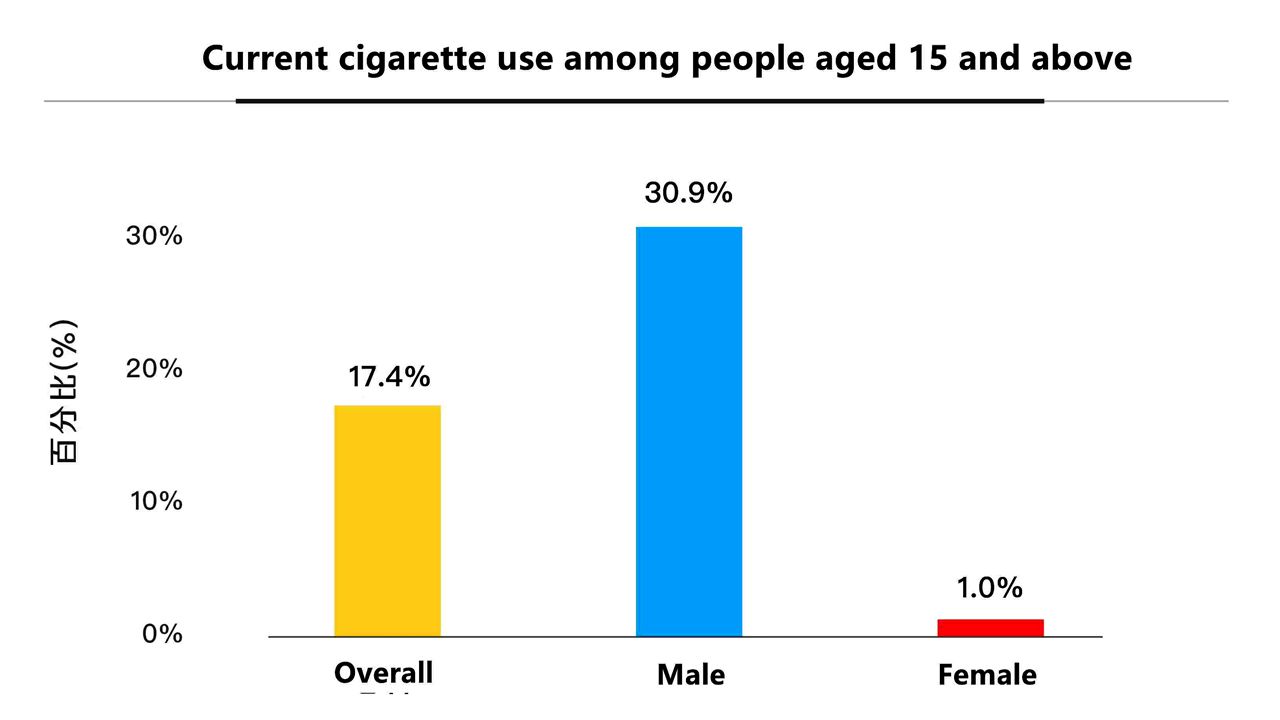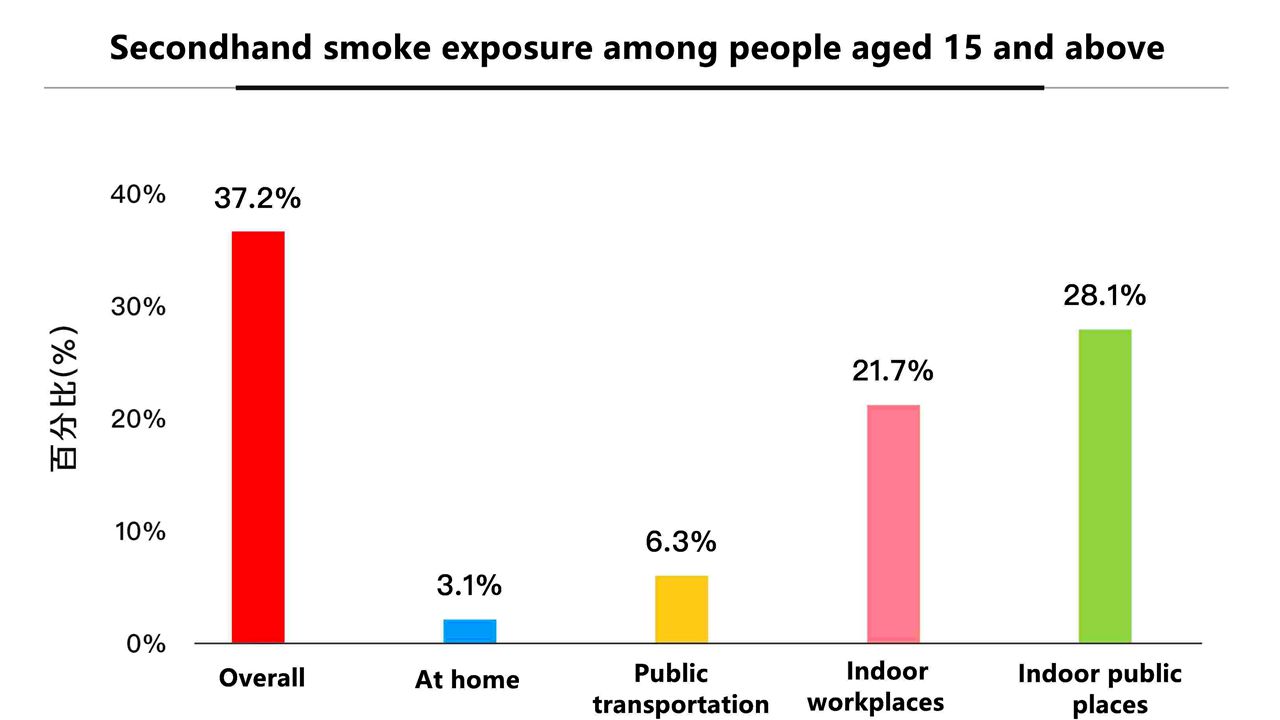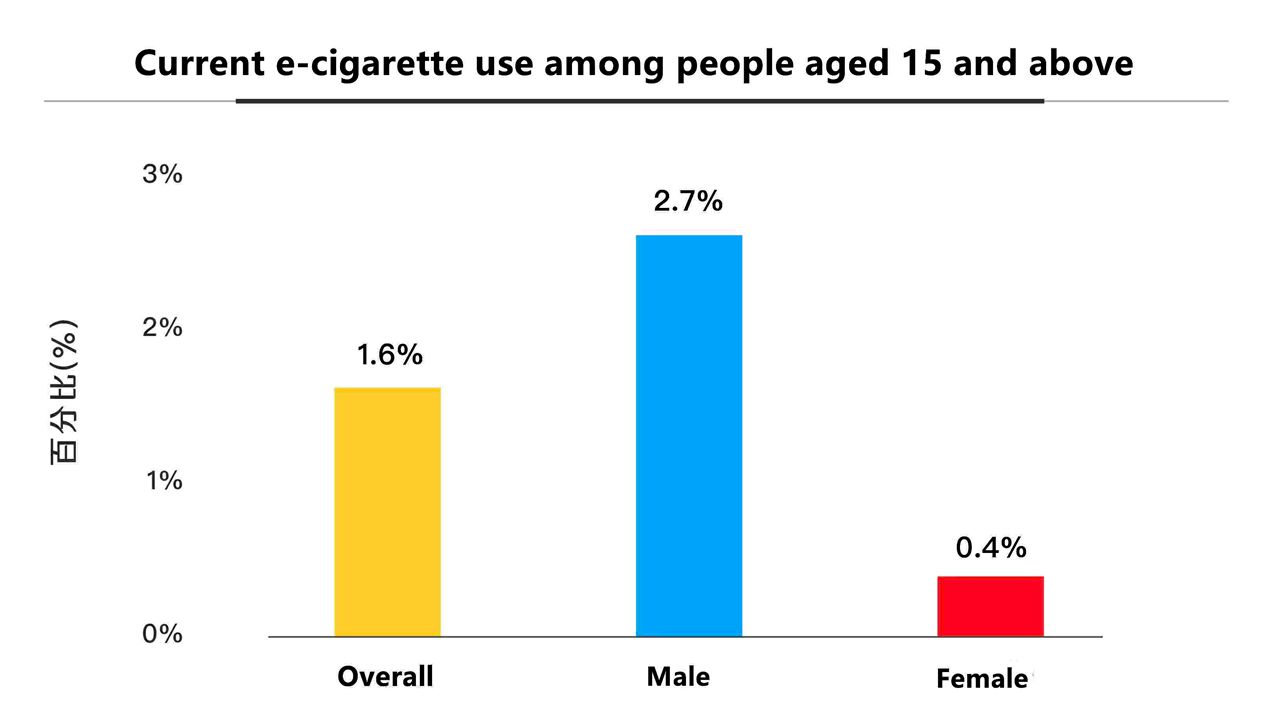City's smoking rate remains low, but e-cigarette use doubles
Writer: Zhang Yu | Editor: Zhang Zhiqing | From: Original | Updated: 2025-05-29
In the run-up to the 38th World No Tobacco Day, which falls on Saturday, the Shenzhen Municipal Public Hygiene and Health Commission and the Shenzhen Center for Chronic Disease Control released a tobacco use survey report indicating a 17.4% smoking rate in the city for people aged 15 and above, significantly below the national average.

Volunteers give out no-smoking signs to local shopkeepers during an anti-smoking campaign in Shenzhen. Shenzhen Municipal Public Hygiene and Health Commission
The survey, which sampled 4,800 individuals from 60 communities across the city, found that the smoking rate had slightly increased from 16.9% in 2023, but remained below the 2022 national average of 24.1%, meeting the Healthy China 2030 smoking control target.
The highest current smoking rate (19.2%) was found among individuals aged 45-65, while those aged 65 and older had the lowest rate at 13.1%.


Source: Shenzhen Municipal Public Hygiene and Health Commission
Shenzhen’s adult smoking rate saw a slight uptick in 2024, potentially due to a higher representation of urban village communities in the survey sample. These communities have historically exhibited higher smoking rates than the city average.
The report highlights a concerning trend in the use of e-cigarettes by people aged 15 and above, with the current usage rate at 1.6%, double that of 2023 (0.8%) and considerably higher than the 2022 national average of 0.7%. The highest usage rate was found among the 25-44 age group (2%), surpassing the 15-24 age group (1.1%) and the 45-64 age group (1.3%).

Source: Shenzhen Municipal Public Hygiene and Health Commission
Despite regulations prohibiting the sale of flavored e-cigarettes other than tobacco flavors, only 64.1% of people who took the survey and are familiar with e-cigarettes were aware of this policy.
Among current e-cigarette users, 48% reported no change in the difficulty of purchasing flavored e-cigarettes, and 44.7% indicated they would consider quitting if flavored options were unavailable.
The report emphasizes the need for enhanced supervision of e-cigarette purchasing channels and stricter enforcement of national regulations. It also recommends targeted anti-smoking campaigns, particularly in urban village communities where smoking rates have historically been higher.